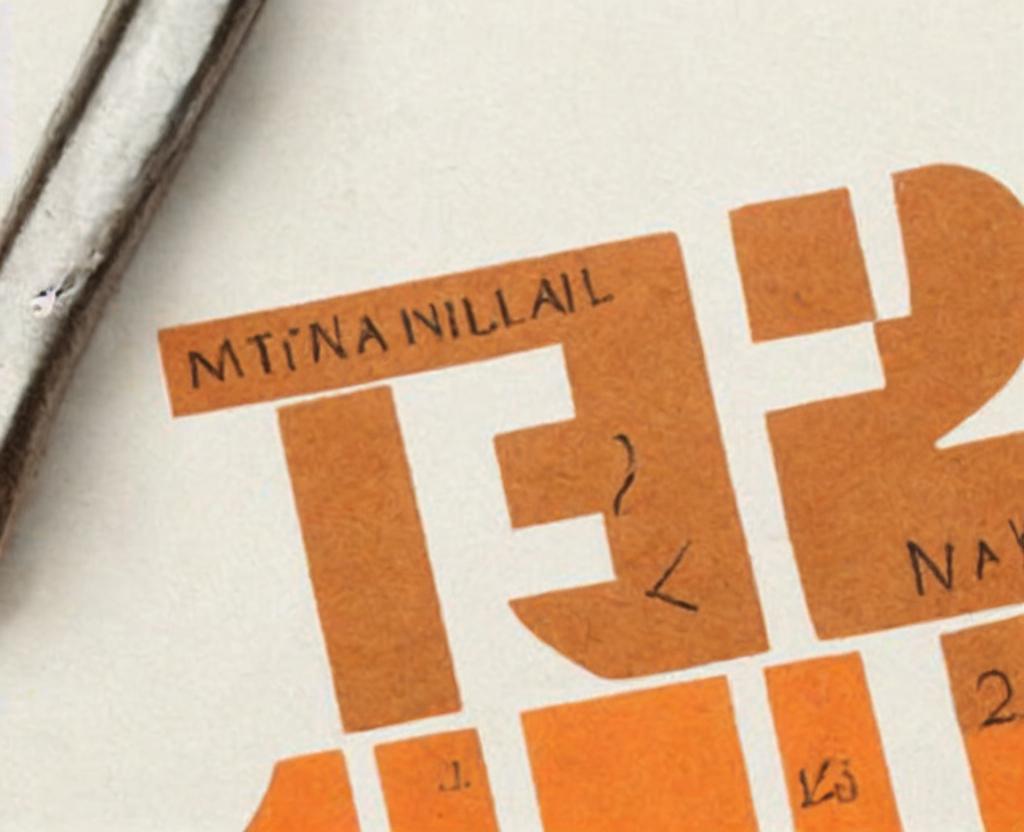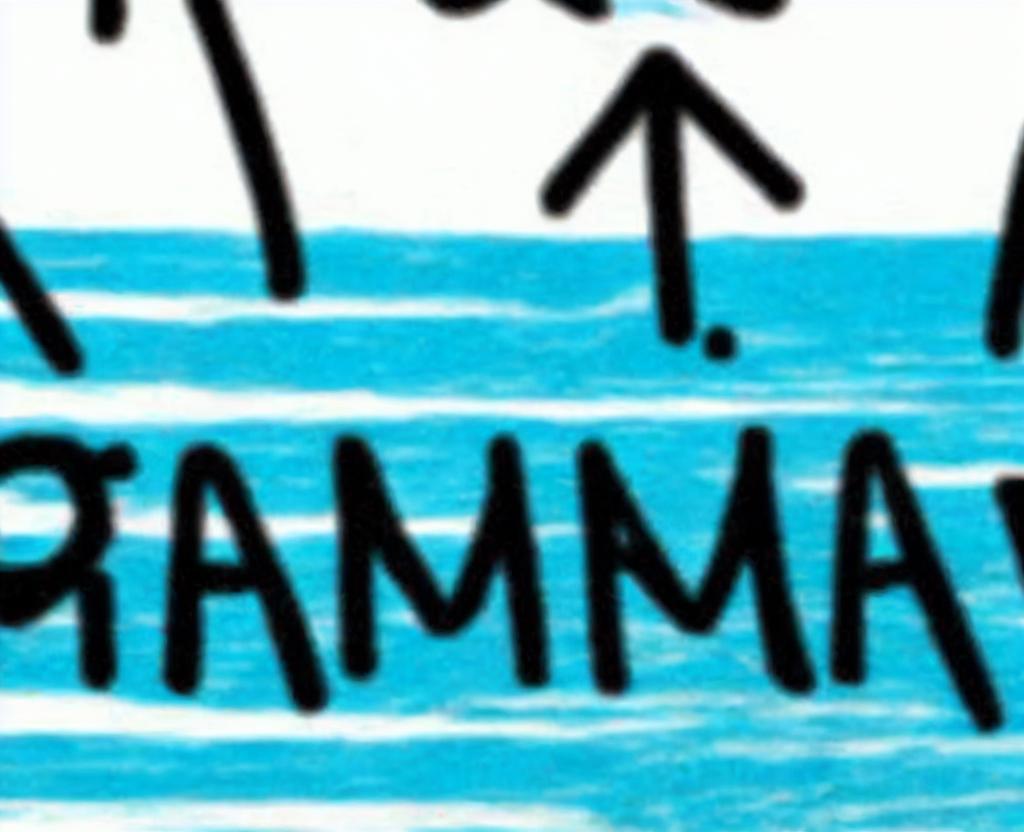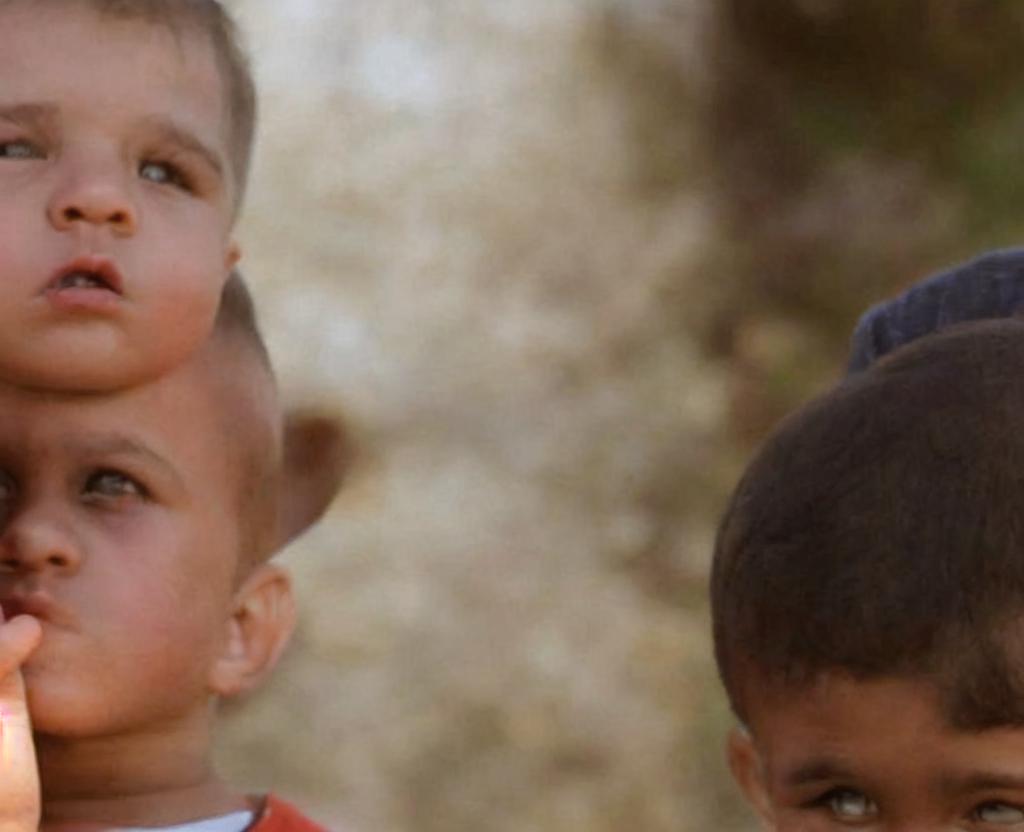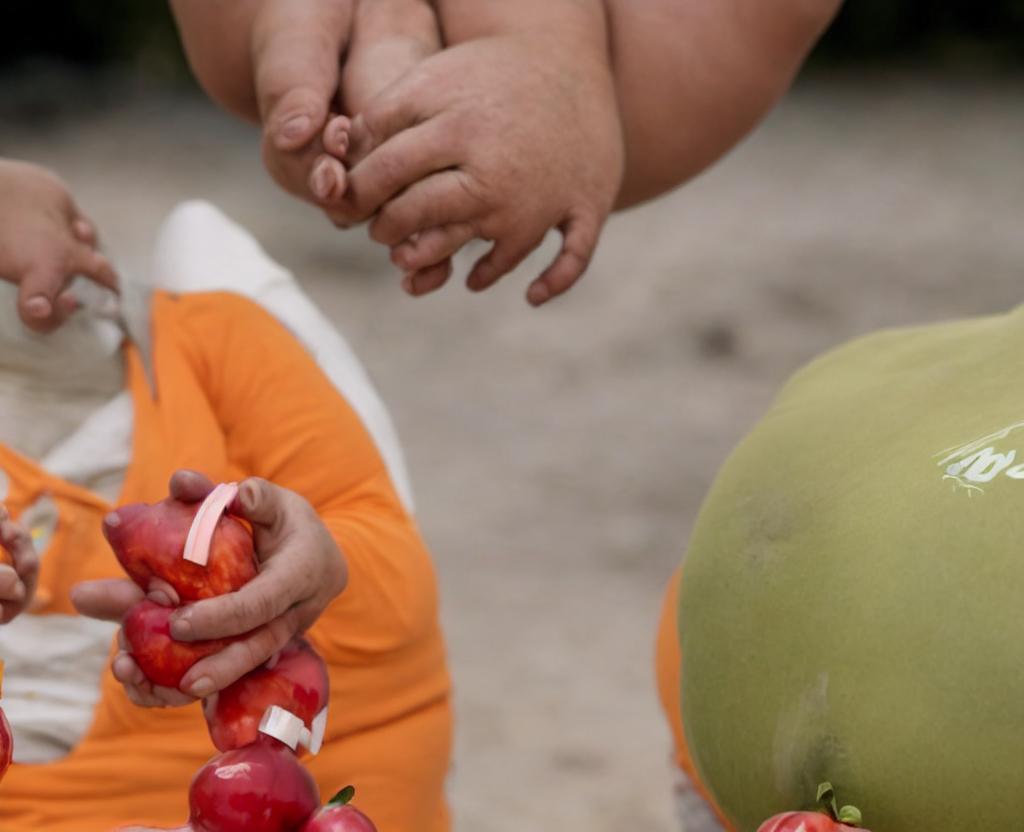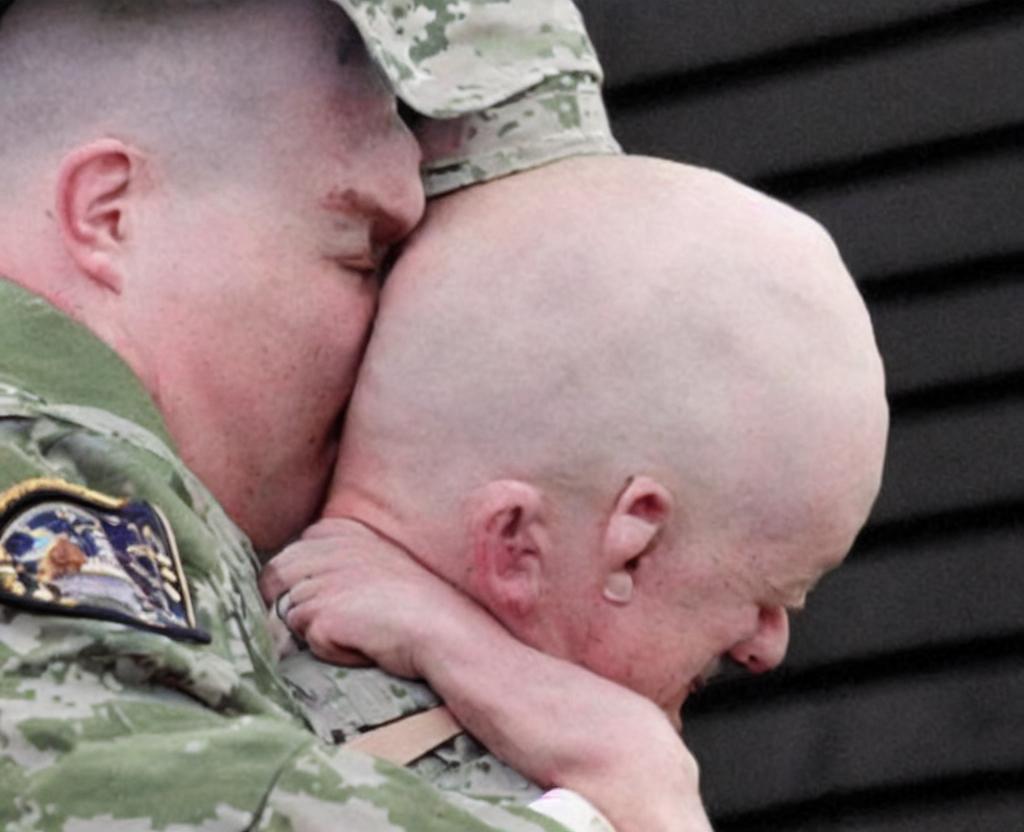When is Marching Music Day?
Saturday March 4thEvery March 4th, March forth to the rhythm of life on Marching Music Day.. The dedicated musicians and performers of many genres and backgrounds are lauded by many styles and backgrounds.. Music on the Move is celebrated in all of art forms on Marching Music Day..

For centuries, the beating of a drum has kept military units moving in unison. Performers and fans alike delight marching music from the playing field to the battlefield, the football stadium to the Broadway stage, marching music delights performers and fans. From the battlefield to the Broadway stage, marching music delights performers and fans. They have also appeared in small gyms, auditoriums, and grand arenas. Music is brought to life by small parades, fifers, pipers, buglers, drum corps, marching bands, parade bands, drill teams, and color guards. From small parades to spectacular spectacles, fifers, pipers, pipers, buglers, drum corps, drum corps, marching bands, parade bands, drill teams, and color guards. When bringing a crowd to a roar, they bring audiences to their feet.
Military roots & technologies & technologies are embedded in military roots & technology
Did you know that the drum corps's military roots have eroded over time? Did you know? Marching music moves us through somber memorials as a well-rooted art form. And yet, it's thrilling to see delectable music and execute intricate routines with exact precision. Just a few of the many styles of marching music include drill squads, marching bands, drum lines, and drum corps. Hundreds of thousands of performers of all ages, abilities, and experience levels are recruited by them.
We hear marching music in schools, military units, community festivals, and local auxiliaries. The music is as diverse as the ensembles themselves, as well. In some situations, guitars may be limited to brass, but in others, woodwinds and electric guitars may be included. Contemporary soundtracks are performed by dance teams, baton twirlers, and color guards. They take center stage in a variety of marches from traditional, traditional marches to rock and roll, jazz, contemporary, and experimental dance music.
